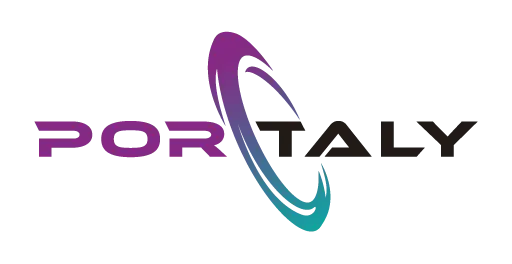1
2
3
4
5
6
7
8
9
10
11
12
13
14
15
16
17
18
19
20
21
22
23
24
25
26
27
28
29
30
31
32
33
34
35
36
37
38
39
40
41
42
43
44
45
46
47
48
49
50
51
52
53
54
55
56
57
58
59
60
61
62
63
64
65
66
67
68
69
70
71
72
73
74
75
76
77
78
79
80
81
82
83
84
85
86
87
88
| {
"frames": {
"cat.png": {
"frame": {
"x": 2,
"y": 2,
"w": 64,
"h": 64
},
"rotated": false,
"trimmed": false,
"spriteSourceSize": {
"x": 0,
"y": 0,
"w": 64,
"h": 64
},
"sourceSize": {
"w": 64,
"h": 64
},
"pivot": {
"x": 0.5,
"y": 0.5
}
},
"hedgehog.png": {
"frame": {
"x": 68,
"y": 2,
"w": 64,
"h": 64
},
"rotated": false,
"trimmed": false,
"spriteSourceSize": {
"x": 0,
"y": 0,
"w": 64,
"h": 64
},
"sourceSize": {
"w": 64,
"h": 64
},
"pivot": {
"x": 0.5,
"y": 0.5
}
},
"tiger.png": {
"frame": {
"x": 134,
"y": 2,
"w": 64,
"h": 64
},
"rotated": false,
"trimmed": false,
"spriteSourceSize": {
"x": 0,
"y": 0,
"w": 64,
"h": 64
},
"sourceSize": {
"w": 64,
"h": 64
},
"pivot": {
"x": 0.5,
"y": 0.5
}
}
},
"meta": {
"app": "http://www.codeandweb.com/texturepacker",
"version": "1.0",
"image": "animals.png",
"format": "RGBA8888",
"size": {
"w": 200,
"h": 68
},
"scale": "1",
"smartupdate": "$TexturePacker:SmartUpdate:52586866875309c357a59ef94cc3e344:67b70cfeefc06c04b551ab33c8f1fc7a:b00d48b51f56eb7c81e25100fcce2828$"
}
}
|


